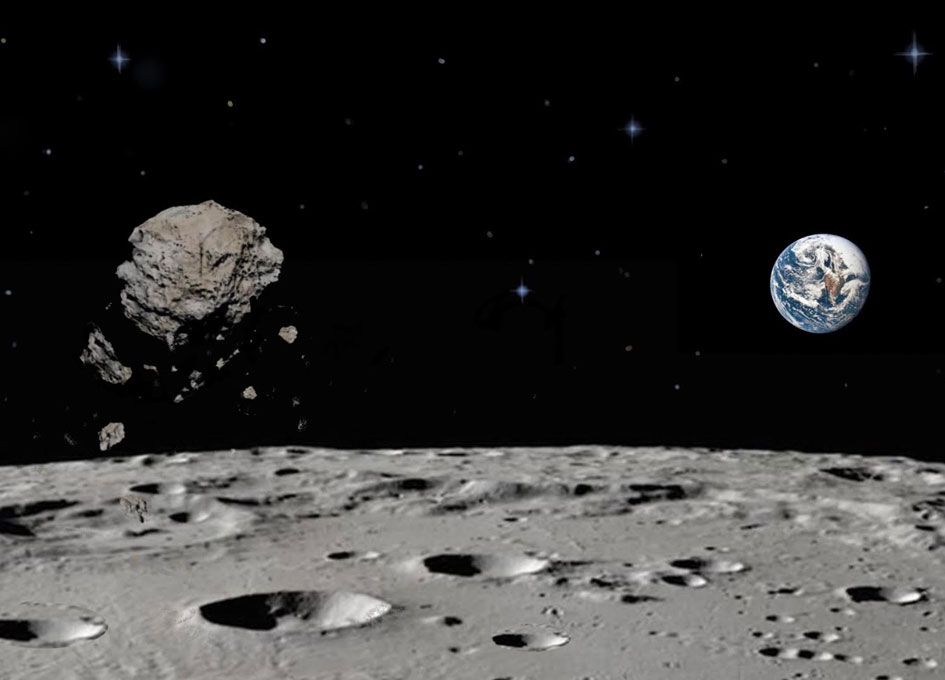Lunar-Like Material Found on the Earth Quasi-Satellite (469219) Kamo`oalewa

A recent study offers new details about the physical properties and possible origins of (469219) Kamo`oalewa, a quasi-satellite that orbits the Sun but remains relatively close to the Earth.
“Five quasi-satellites of the Earth are known to exist and these objects are in a co-orbital configuration with Earth in which they stay close to our planet as they orbit the Sun. Of these five, Kamo`oalewa is the most stable; however, because of its small size – approximately 50 meters – and difficult observing geometry, only limited information about this object has been obtained so far,” said Planetary Science Institute Associate Research Scientist Juan A. Sanchez, a co-author of “Lunar-like silicate material forms the Earth quasi-satellite (469219) 2016 HO3 Kamo`oalewa” that appears today in Nature Communications Earth and Environment. Benjamin N.L. Sharkey of the University of Arizona Lunar and Planetary Laboratory is lead author.
This research used data obtained over the course of five years with the Large Binocular Telescope (LBT) and the Lowell Discovery Telescope (LDT), both located in Arizona. This work is the most comprehensive study of this object done to this date. “We obtained photometric and spectroscopic data of Kamo`oalewa to learn more about its composition and physical characteristics,” Sanchez said.
The researchers analyzed the sunlight reflected from the surface of Kamo`oalewa to determine what the asteroid is made of. According to Sanchez, the spectral characteristics of this asteroid are consistent with silicate minerals (rocky material) showing a high degree of space weathering.
“This means that the optical properties and physical structure of the surface have been modified by micrometeorite bombardment and solar wind particles,” Sanchez said. This effect has been detected in other asteroids and on the Moon.
Kamo`oalewa is a fast rotator near-Earth asteroid (NEA); previous studies found that this object has a rotational period of approximately 30 minutes. During its orbit around the Sun, this asteroid can approach Earth as close as about 14.4 million kilometers, or 9 million miles.
The study also compared the new data of Kamo`oalewa with the spectra of other NEAs and meteorite samples, and found striking similarities between the spectrum of the quasi-satellite and a lunar sample brought back to Earth by the Apollo 14 mission.
The exact origin of Kamo`oalewa is unknown, but astronomers speculate that this asteroid could have been captured in its Earth-like orbit from the general population of NEAs. Another possibility, given the similarity between the spectrum of Kamo`oalewa and the lunar sample, is that the object originated in the Earth-Moon system, perhaps as impact ejecta from the lunar surface. A sample-return mission to the asteroid is currently in preparation, with a planned launch in 2025.
Sanchez’s work on the project was funded by NASA’s Near-Earth Object Observations program.









